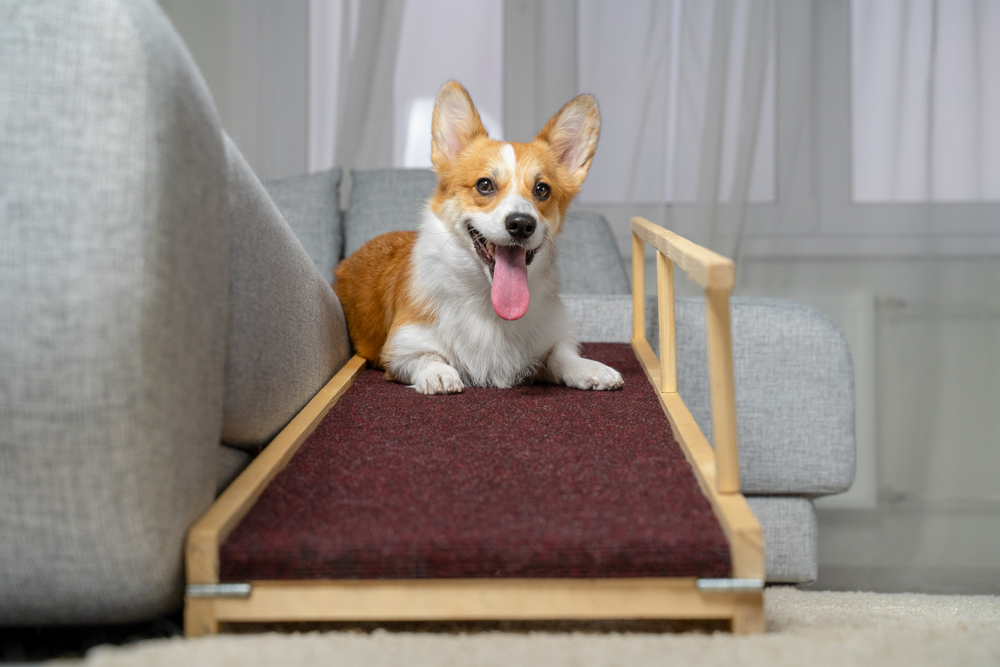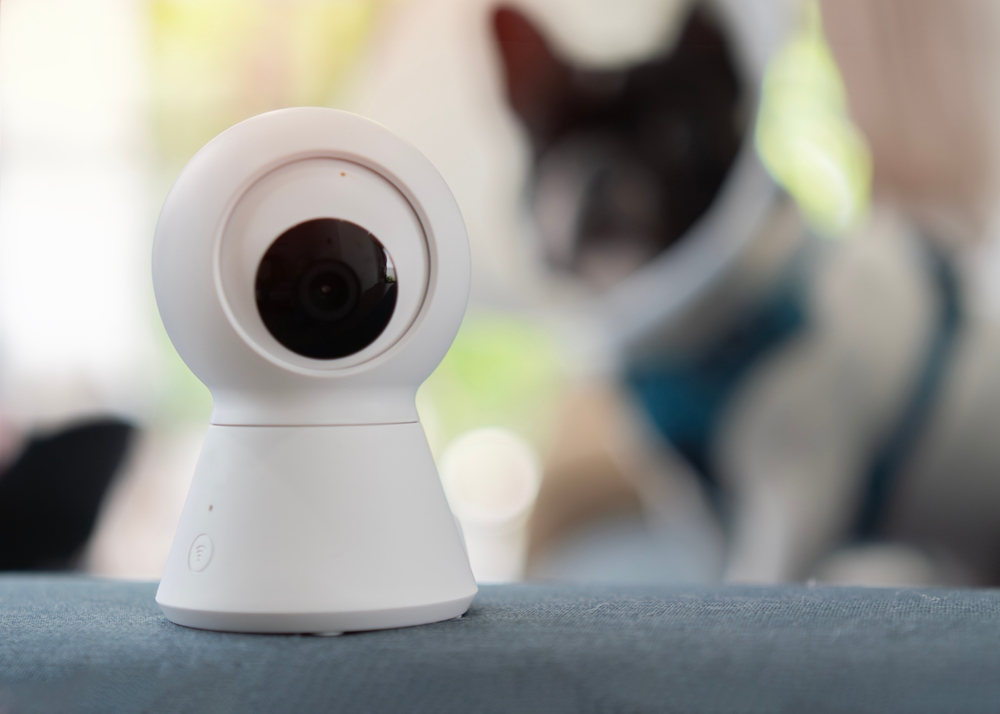How to Litterbox Train an Outdoor Cat
Updated on June 11, 2024
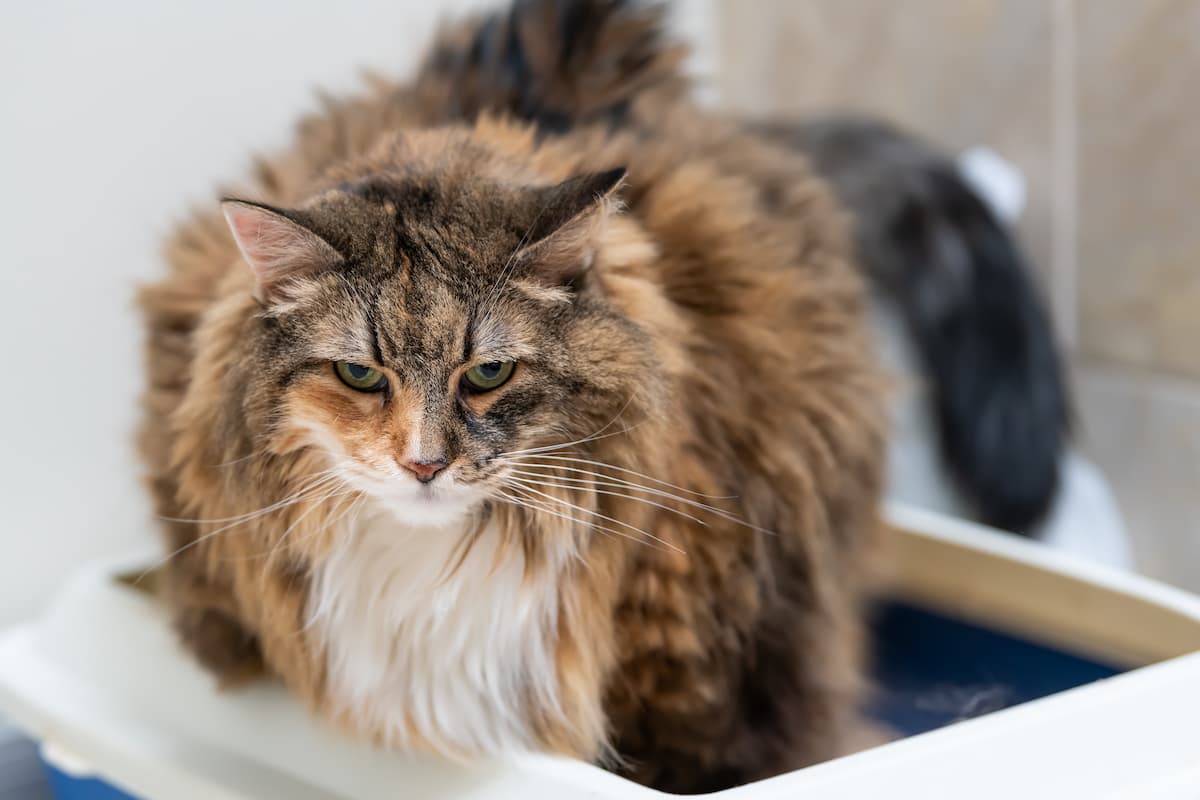
Is it possible to litterbox train an outdoor cat? Trainer Mikkel Becker says it’s just a matter of finding the right box and following steps.
A cat parent asks, “I’ve adopted an 8-year-old outdoor cat and want to bring her permanent home onto the screened-in porch. How do I get her to use a litterbox?”
Litterbox training is one of the biggest concerns when transitioning an outdoor-only cat to the indoors. However, most cats can be litterbox trained in a few simple steps with minimal hassle.
Every house should have one litterbox per cat, plus one. Get two boxes for your new cat and place both boxes in locations that your cat likely is going to want to go: one by the door leading to outside where she would normally eliminate and one in a more private area.
Some cats prefer litter boxes that are more hidden, so placing one behind a cat-safe plant or another barrier can help her feel more secure. To be sure your cat uses the box and not the plant as her bathroom, temporarily cover the plant’s soil with pieces of tin foil.
All featured products are chosen at the discretion of the author. However, Vetstreet may make a small affiliate commission if you click through and make a purchase.
Litterbox Train With the Right Litterbox
Choose a box that your cat will actually use. Too often, cat owners opt for litterboxes that are less offensive to the human eye, such as those that are covered. However, covered boxes can be frightening to cats, as they hinder any chance of escape and leave a cat vulnerable. Covered boxes also contain all of the scent, which may prompt a cat to use another place with less offensive odors.
The Cove Litter Box from Tuft + Paw is compact for small spaces but comfortable for cats. It features double-walled thick matte plastic and a rubber base and will arrive fully assembled. If your cat prefers to stand when urinating or is a digger, an optional 8-inch shelter wall accessory can be attached. Clean-up is much easier with Cove liners (if preferred) and the integrated tool insert.

A self-scooping litterbox may be tempting, but the electronic sounds can scare more timid cats, which discourages their use. While some cats are fine with covered or self-scooping boxes, many do best with uncovered litterboxes.
Some cats prefer a larger area to eliminate in than most cat boxes provide; for these cats, using a fairly big plastic storage box that’s approximately 6 inches in height can be a good solution. However, for a middle-aged cat, who may have joint disease, you will need to cut one or more of the sides down in order to allow her to get in and out of the litterbox more easily.
Choose the Right Cat Litter
Choose your cat litter carefully, too. While scented litter is appealing to us because it eliminates scents, for many cats, the scent can be offensive. Opt instead for unscented, clumping litter, which most cats prefer. Certain cats are extremely choosy in their substrate of choice.
Experiment to discover your cat’s favorite litter by choosing a couple of different types, such as clumping and non-clumping versions. Put one option in each box and let your cat decide which she prefers. Donate the less preferred litter to your local shelter. If your outdoor cat is conditioned to use only a certain substrate, such as dirt, you can help her transition by mixing the litter with the outdoor substrate; phase out the outdoor soil addition over time so that eventually she’s just using kitty litter in the box.
Once you’ve identified your cat’s favorite litter, find the depth of litter your cat prefers by pouring the litter in the boxes at differing levels. Once you have identified both the preferred litter and height, be consistent with them in order to make proper litterbox elimination more likely.
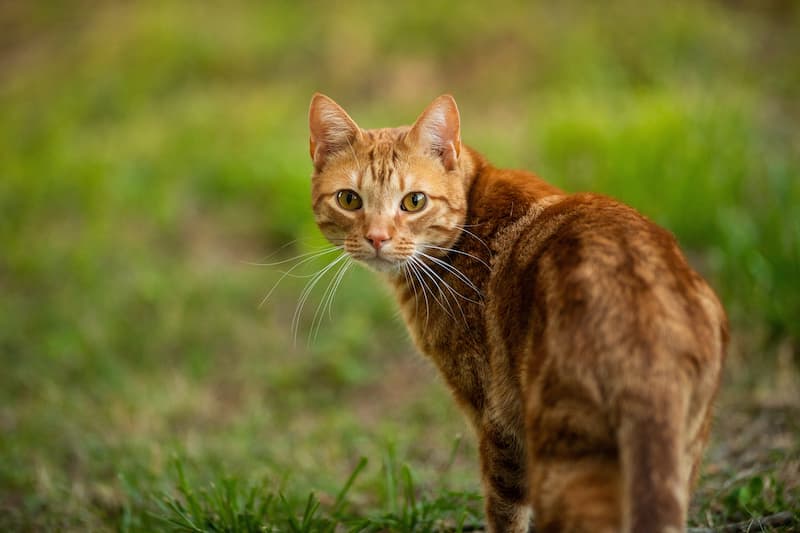
Training Your Cat The Right Way
Don’t punish your cat for going in the wrong places; instead, use positive reinforcement to encourage proper litterbox use. After your cat uses the litterbox, reward her with something she enjoys, such as a game with a feather toy, a cat treat or petting. Avoid punishment, which will stress your cat out and hinder her relationship with you, both of which can cause elimination outside the litterbox.
While some outdoor cats learned to use a litterbox as kittens, other cats have no idea what the box is for. Keeping your cat in a smaller enclosed area temporarily, such as a large dog pen, a high-gated area or even a closed bathroom, may encourage litterbox use. Be sure all the cat’s essentials, including resting area, water, food and toys, are present in this space; make sure that your cat gets enough interaction with you throughout the day. As your cat begins to be successful in the litterbox train time, her area can be expanded.
If your cat has never used the litterbox, keeping smells inside can also be an environmental cue for her to eliminate. When your cat first uses the box to defecate, rather than scooping it out right away, leave it temporarily until your cat returns to the box, as previous smells can encourage elimination. Once your cat has gone the first couple of times in the proper area, scooping the box regularly to keep it clean encourages your cat to continue to use it.
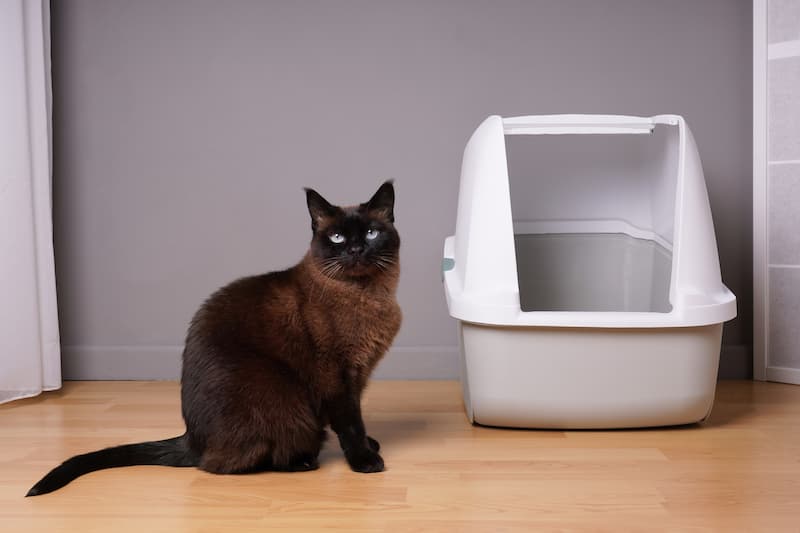
Other Easy Litterbox Train Time Tips
Feline pheromones spritzed inside your cat’s living area can help calm your cat during the transition from outdoors to indoors, which further encourages proper litterbox use.
If your cat has any accidents, use a pet–safe cleaner with enzyme eating properties on these areas to destroy old scents that can prompt cats to go in this area in the future.
Keep the litterbox in an area separate from your cat’s food and water, since cats are naturally clean and unlikely to use the bathroom where they eat and drink.
Finally, if your cat isn’t learning to use the litterbox, talk with your veterinarian. There are numerous reasons why cats can have issues with not going in the litterbox even with training, many of which are medically related. Your veterinarian is a valuable resource on helping your cat eliminate in the right areas.

